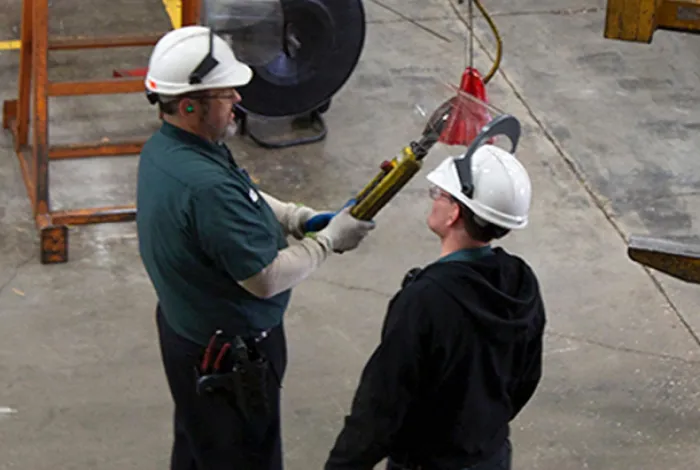

Now Available!
Get your copy of the 7th Annual State of Smart Manufacturing and hear from 300+ manufacturers in this new survey report!
Subscribe to Our Blog
For a monthly digest of expert insights, data points, and tips like the ones in this article.
Guest Post: Can You Afford Unprofitable Customers and Products?
Manufacturing Operations Management (MOM)
During a visit to a local manufacturing company, I learned that the company had recently undergone a difficult transition. After taking a close look at their business and their customers, it had become obvious that margins were significantly different between one group and another. Some products and customers were profitable to serve; others, not so much.
While this is a universal situation — nearly every company has customers and products that are more or less profitable than others — the difference is that this company decided to do something about it. They stopped servicing the unprofitable customers and products.
This is a lot easier said than done, of course. In this case, the owners were also the managers of the business and were intimately involved in the decision. They were willing to endure a reduction in sales volume and the loss of business from a segment of the market that they had served for a long time. It would be a lot harder to do this in a public company or one with significant “outside” ownership.
Nevertheless, this company followed through with their plan — and sales dropped. Net profit dollars also decreased, but not nearly in proportion to the reduction in sales: Their profit percentage rose significantly.
The company did not cut employees during this transition, but instead used their resources to improve quality and productivity as well as develop new products and services for their select target market.
After about three years, sales volume was close to the previous peak level, while margin and profit had improved significantly. The company was also able to leverage their reputation for high quality and superior service to gain new customers in their target markets. It was a bold move, but one that was made strategically and soundly — and it paid off.
Investments in any business are not limited to new equipment and facilities. Sometimes an investment can be a change in strategy that redeploys current resources in a more beneficial way, with the out-of-pocket cost of the investment displaying itself as a temporary reduction in revenue. Either way, it is an investment in the future success of the company that can be very important for the long-term health of the enterprise.
Many companies continue to serve unprofitable customers and unprofitable products — partly because of inertia and partly because they are unwilling to give up the revenue, even though it adds nothing to the bottom line. More alarmingly, many otherwise well-managed companies serve unprofitable customers or products simply because they don’t know that they are money losers.
My recommendation: Get a clear picture of cost-of-goods sold and their margin by product, product group, customer or customer segment. Once you know where each customer and product falls, you’ll be able to better gauge how to strategically approach each one — and perhaps reconsider your relationship with those that put the financial health of your company at risk.

